# The Most Terrifying Planets in the Cosmos
Written on
Chapter 1: Introduction to Fearsome Planets
In the vastness of the universe, some planets evoke fear due to their extreme conditions and unique characteristics. Let’s explore these terrifying worlds that challenge our understanding of life.
Section 1.1: TrES-2b - The Darkest Planet
TrES-2b is a gas giant discovered in 2006, boasting a mass 1.5 times that of Jupiter. What sets it apart is its astonishing darkness; it reflects less than 1% of incoming light, making it the darkest planet known—darker even than coal. The temperature in its atmosphere reaches a staggering 980 degrees Celsius.

Section 1.2: 55 Cancri e - A Lava Ocean
Located in the 55 Cancri A system, this super-Earth has a radius about twice that of our planet and a mass 8 to 9 times greater. It orbits extremely close to its star—just 0.0157 AU away—resulting in one side perpetually illuminated and the other shrouded in darkness. The temperatures on the lit side soar to 2400 degrees Celsius, while the dark side remains around 1100 degrees Celsius, creating a landscape dominated by molten lava.
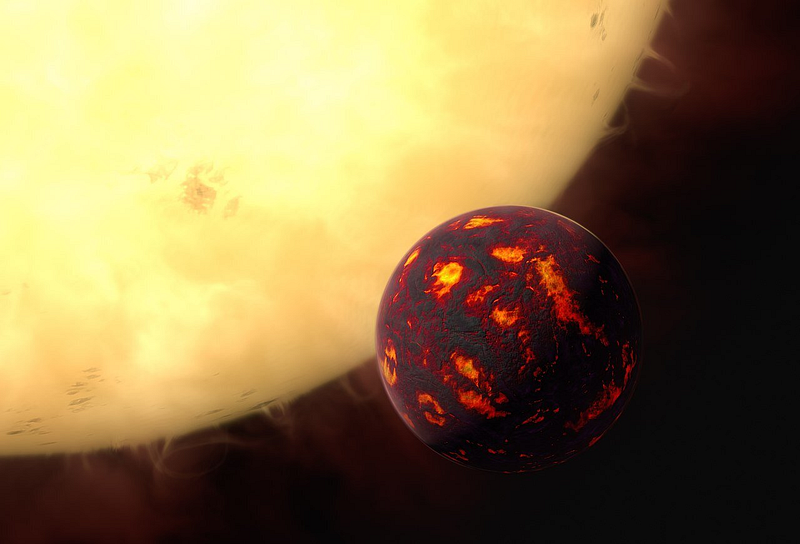
Section 1.3: HD 189733 - The Glass Rain Planet
This vibrant blue gas giant, slightly larger than Jupiter, orbits an orange dwarf star. Initially, scientists believed its color indicated a high water content, but further studies revealed that silicate particles in its atmosphere are responsible for the blue hue. These particles behave like molten glass, and wind speeds of about 9600 km/h create a constant rain of these droplets.
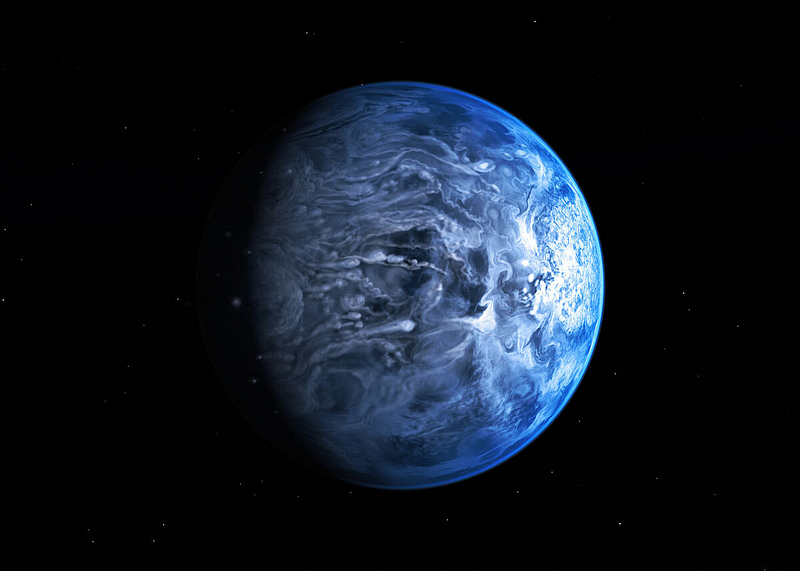
Section 1.4: PSR B1257+12 - The Radiation-Bombarded System
This system consists of three confirmed planets that orbit a pulsar, a neutron star that spins at an incredible speed. The energetic explosion that created the pulsar should have obliterated any nearby planets, raising questions about their origin. The prevailing theory suggests they formed from debris after the star's explosion. The intense radiation from the pulsar makes life on these planets impossible.
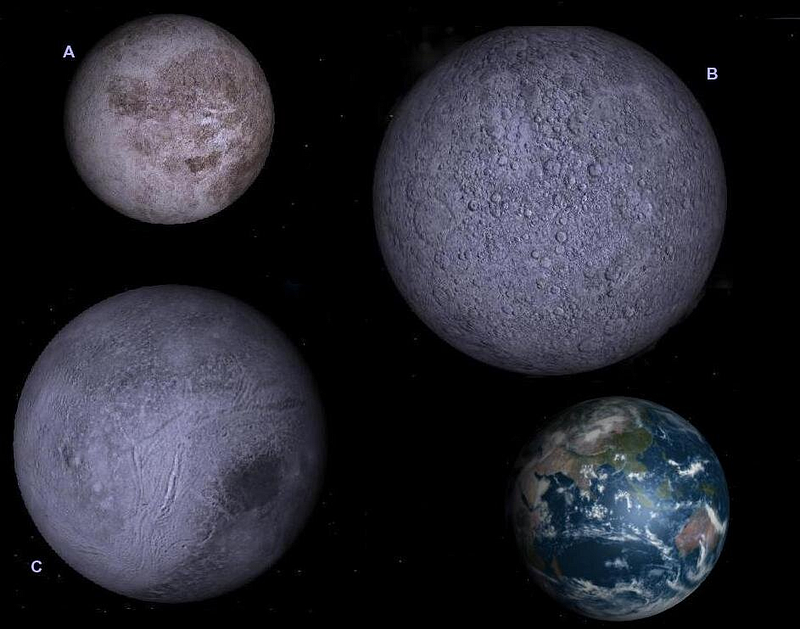
Chapter 2: More Terrifying Worlds
The first video, "4 Most Terrifying Planets in The Universe," delves into some of the scariest planets known to humanity, detailing their extreme environments and peculiarities.
The second video, "This is the Scariest Planet in the Universe," focuses on one particular planet that stands out for its terrifying conditions and unique characteristics.
Section 2.1: KOI-55 - The Planet Consumed by Its Star
This planetary system orbits a blue dwarf that was once a red giant. KOI-55 b is so close to its star that its surface temperature exceeds 6000 degrees Celsius, leading to the planet’s gradual evaporation.
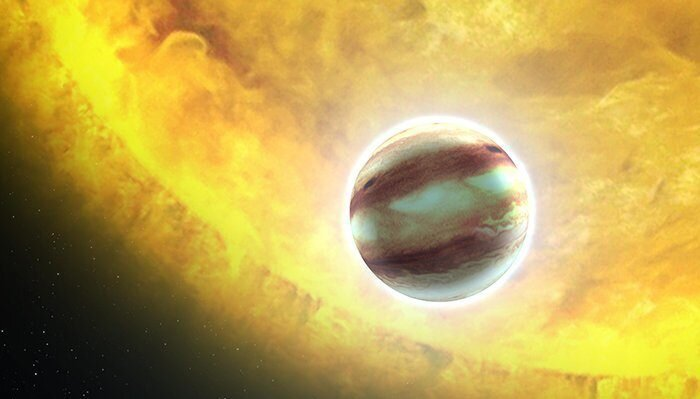
Section 2.2: WASP-12b - The Planet on the Brink
WASP-12b, a gas giant with a radius 1.75 times greater than Jupiter, is only 4.5 million km from its parent star. It is gradually losing material to the star, which distorts its shape and will ultimately lead to its destruction.
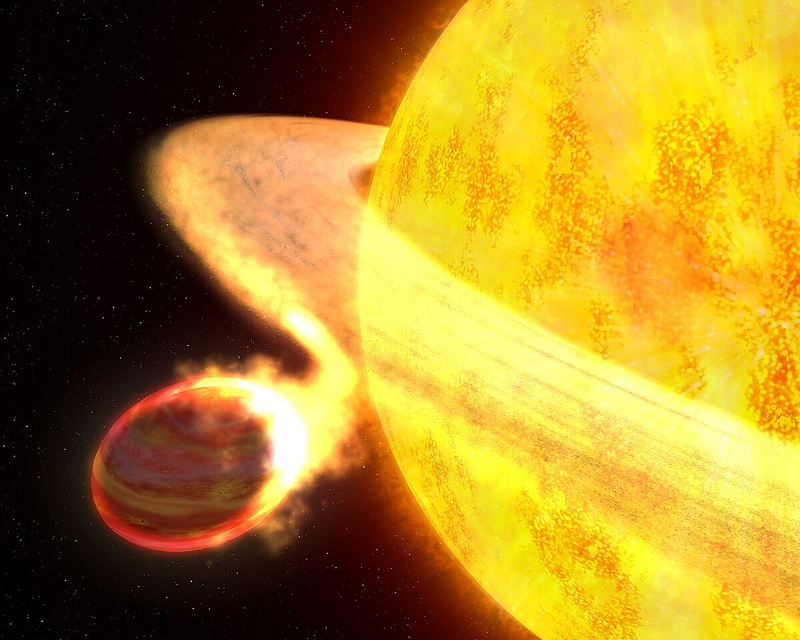
Section 2.3: Gliese 436 b - The Hot Ice Planet
One of the nearest known exoplanets, Gliese 436 b, has a mass 22 times that of Earth and a radius 4.3 times larger. Despite its proximity to its star and high temperatures, the immense gravity keeps water in a solid state, resulting in a planet covered in hot ice.
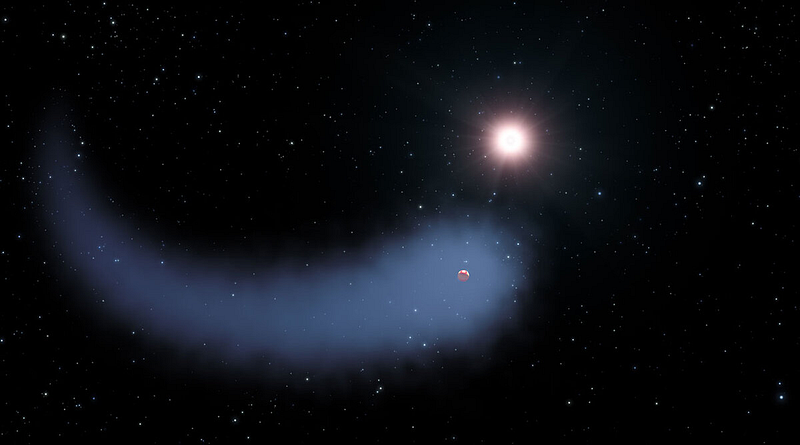
Section 2.4: COROT-3b - The Heaviest Exoplanet
Discovered in 2008, COROT-3b has a mass of 21.66 Jupiter masses, making it the heaviest exoplanet known. The immense pressure and gravity there would crush anything that ventured into its atmosphere.
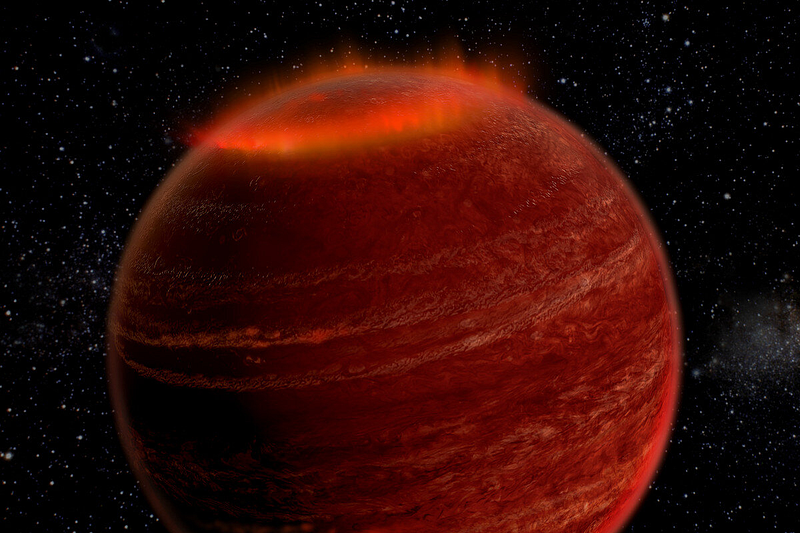
In conclusion, the universe is filled with planets that challenge our understanding of life and existence. If you’re intrigued by these celestial wonders, subscribe for more articles on space and feel free to ask questions for future discussions!